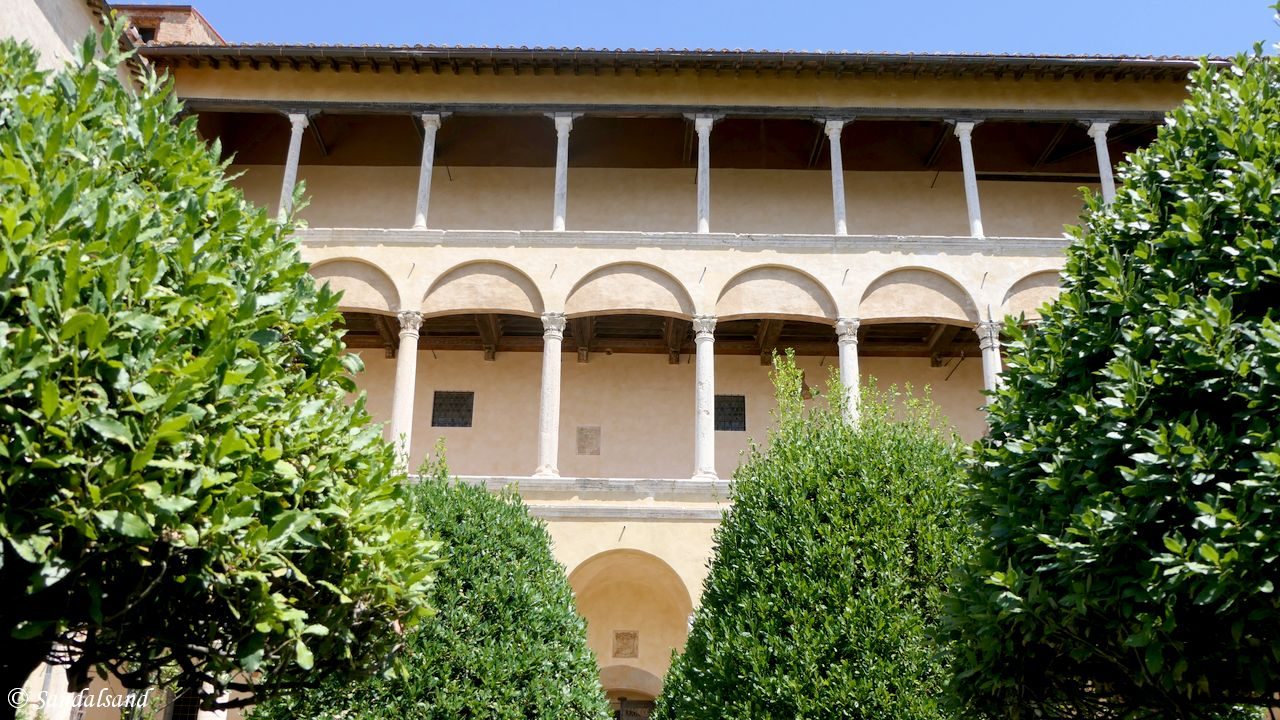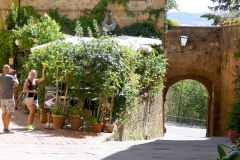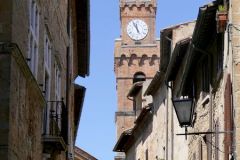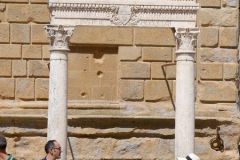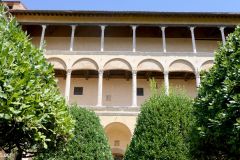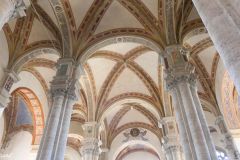Tuscany is full of picturesque old cities awaiting to be explored – and tourists are not hesitant to do so. The Historic Centre of the City of Pienza is one of the most interesting of all these towns, and not the most crowded.
The UNESCO World Heritage List includes more than a thousand properties with outstanding universal value. They are all part of the world’s cultural and natural heritage.
Official facts
- Full title: Historic Centre of the City of Pienza
- Country: Italy
- Date of Inscription: 1996
- Category: Cultural site
UNESCO’s World Heritage Centre’s short description of site no. 789:
It was in this Tuscan town that Renaissance town-planning concepts were first put into practice after Pope Pius II decided, in 1459, to transform the look of his birthplace. He chose the architect Bernardo Rossellino, who applied the principles of his mentor, Leon Battista Alberti. This new vision of urban space was realized in the superb square known as Piazza Pio II and the buildings around it: the Piccolomini Palace, the Borgia Palace and the cathedral with its pure Renaissance exterior and an interior in the late Gothic style of south German churches.
My visit
If you are interested in World Heritage Sites, this is a hole-in-one. Pienza lies within the boundaries of another World Heritage Site, that of Val d’Orcia. I arrived here on a road trip of Mid-Italy in 2017 and immediately fell in love with Pienza. This is a delightful little town, perched on a hilltop like so many other medieval cities in the regions of Tuscany and Umbria. Many of them are in one way or another included on the prestigious UNESCO list. San Marino, Assisi, San Gimignano, and Siena to mention some.
There is in essence one major street running the length of the historic centre, the Corso il Rossellino, with arched gates at both ends. The Piazza Pio II is located roughly in the middle. We had a look into the cathedral, Cattedrale di Santa Maria Assunta, which had a rather modest appearance. In addition we went on an audio-guided tour around the Piccolomini Palace.
It felt kind of strange that a pope, only holding his office in Rome for six years (1458-1464), would set about building a legacy like this: Transforming his birthplace into a modern urban city, giving it his own name, and setting the precedent for future city planning in Renaissance Italy. His nephew was elected pope after him but only lived on for a few weeks. The Piccolomini family however reigned for centuries more, here and in other parts of Italy.

